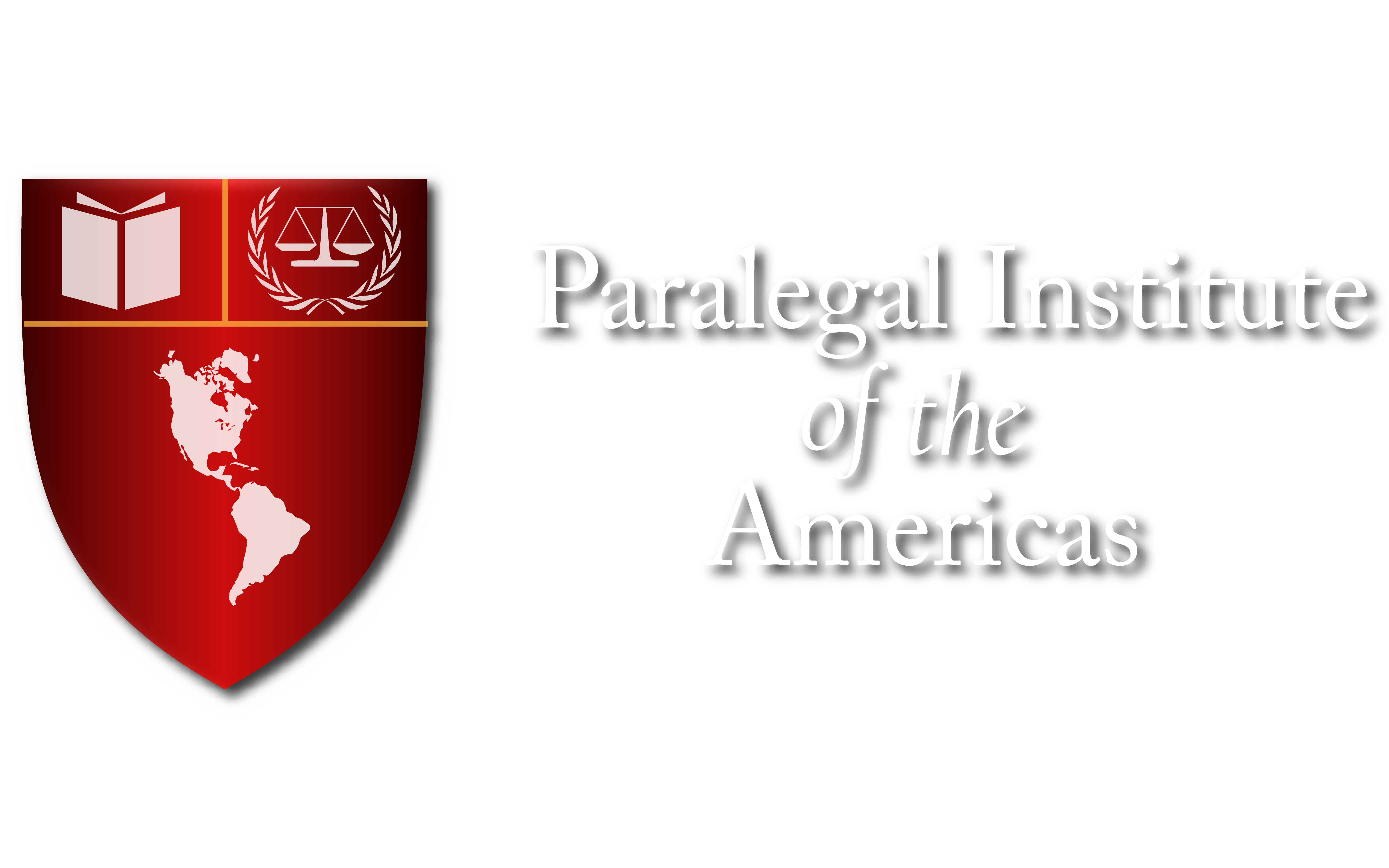
Reintegration of Deported Migrants: An Urgent and Overlooked Challenge
Each year, thousands of people are deported from the United States to their home countries in Mexico and Central America. While media and political attention often focus on detention and removal processes, a critical part of the migration phenomenon is left in the shadows: the reintegration of returnees.
According to the Migration Policy Institute (MPI), nearly 319,000 people were returned to Mexico, Guatemala, El Salvador, and Honduras in 2024 alone. Most of these individuals not only face the trauma of displacement but also precarious economic, social, and psychological conditions that hinder their reintegration.
Also Read: “ICE Agreements with Local Police Increase Across the U.S.”
Immediate Reception: Temporary Relief, Not a Solution
Upon arrival, returnees are received at care centers where they are provided with basic assistance: initial medical care, food, legal guidance, and transportation aid. Programs such as “México te Abraza” and “Hermano, Regresa a Casa” in Honduras even offer emergency vouchers of $100. However, while these efforts are necessary, they fall short of addressing the true needs of individuals who are returning after years of building a life in another country.
Many returnees receive no prior information about the deportation process or available services, compounding their emotional and logistical distress. Additionally, a lack of institutional coordination leads to duplicated records and inefficient processes.
Economic Reintegration: A Priority with Critical Gaps
Current reintegration programs focus primarily on economic integration: vocational training, entrepreneurship support, and job market connections. Initiatives like the “Quédate Aquí” Centers in Guatemala or vocational courses in El Salvador provide training opportunities aimed at reducing future migration.
Mexico, for its part, has developed a database with more than 60,000 job openings to help returnees and migrants find work. However, the approach has been limited when it comes to psychosocial support, community reintegration, or recognizing the personal ties many deportees leave behind—such as children, spouses, or businesses in the U.S.
Structural Challenges and Lack of Funding
The sustainability of these programs faces major hurdles: limited budgets, uneven institutional capacity, and cuts in international cooperation. The recent 85% reduction in USAID assistance, for example, dealt a heavy blow to reintegration efforts supported by UN agencies and civil society organizations.
Furthermore, the quality and use of data on returnees remain poor. Information collected during intake is rarely shared between institutions, making it difficult to adapt services to migrants’ actual needs.
New Profiles, New Needs
The profile of deportees has changed. It no longer consists solely of people detained at the border, but also includes individuals with decades of residence in the U.S., with families, homes, and deep roots. These people face cultural, linguistic, and emotional barriers upon returning to countries that no longer feel like home.
At the same time, those who return voluntarily outside of the formal deportation process are often excluded from support systems, creating invisible gaps in migration policy.
Conclusion: A Shared and Necessary Commitment
The reintegration of deported migrants can no longer be treated as a marginal issue. If the goal is to reduce irregular migration in the long term, it is essential to invest in the economic, social, and emotional stability of those who return. This requires not only political will, but also adequate funding, effective coordination, and a comprehensive human rights approach.
Migration does not end with deportation. For many, it marks the beginning of a new struggle: to rebuild a life from scratch in a place that no longer feels like home.
From: https://www.migrationpolicy.org/news/reintegration-forgotten-side-deportation
For more information on these topics, visit Paralegal Clases’ social media pages and join our live sessions every Wednesday.
Instagram: @Paralegalclases
Facebook: Instituto Paralegal de las Américas
Youtube: Instituto Paralegal
Tiktok: @Paralegalnews



